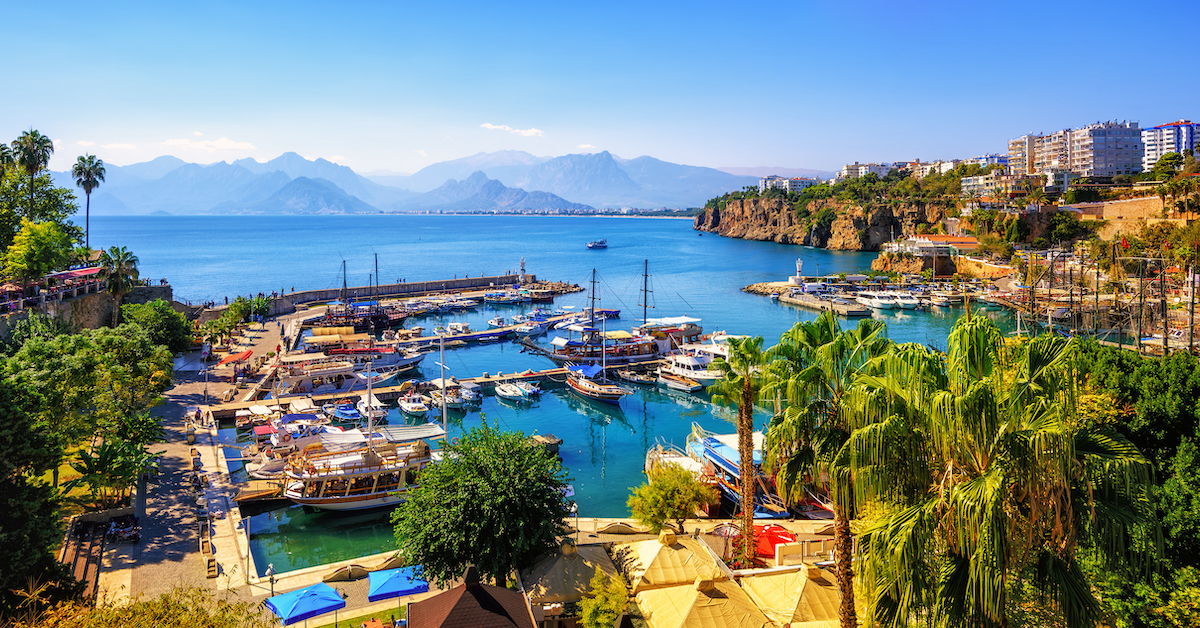Tourism fraternity bids farewell to father of Tanzania conservation
by: Adam Ihucha – eTN Tanzania | copyright: eTurboNews – Travel Industry News – World Travel News Only a few people knew the selfless trait of the inimitable hero Mzee Nunes who died on January 17 at the age...

by: Adam Ihucha – eTN Tanzania | copyright: eTurboNews – Travel Industry News – World Travel News
Only a few people knew the selfless trait of the inimitable hero Mzee Nunes who died on January 17 at the age of 80. He was accorded a dignified burial on January 21, 2023, at Mwanakwerekwe cemetery in Unguja, Zanzibar Isles.
The late Nunes, was an extra-ordinary son of the soil with a golden heart, who devoted his entire life to fostering humanity, conservation, and tourism development in Tanzania.
He started working in the Ministry of Natural Resources and Tourism as a public servant in the first regime under the father of the Nation, late President Julius Nyerere, before crossing over into the private sector as among few pioneers of tour operators in the 1980s.
The man, who spent nearly 60 years in Tanzania mainland, is credited to have poured his heart, energy and quality time to nurture tourism from scratch to the current multi-billion industry.
In 1980 Merwyn together with his wife founded Wildersun Safaris, one of the pioneer tour companies in the Tanzania tourism industry.
More significantly with like-minded tourism businessmen, he founded the high-profile Tanzanian Association of Tour Operators (TATO) for which he was Chairman for several years and then Trustee until his last breath.
Mzee Nunes, a true icon of Tanzania tourism and conservation, also fought so many battles in his painstaking efforts to spearhead conservation of flora and fauna, particularly in the northern tourism circuit as public servant and as pioneer private tour operator thereafter.
Time and space is not enough to tell you all the details of his work and life, however, I can cite two big issues he fought firmly for – to his last breath.
Mzee Nunes until his last moment wasn’t convinced at all on the two issues of erecting cable cars on Mount Kilimanjaro and re-opening of the Bologonja border which straddles between Tanzania’s Serengeti National Park and Maasai Mara Game Reserve.
Even in the hospital bed where he was fighting for his life, he was working on his campaign to stop the controversial cable car on Mount Kilimanjaro.
Mzee Nunes in his OpEd published in the various newspapers argued that in 1968, a French team of technicians came to explore the possibilities of erecting cable cars on Mt. Kilimanjaro, however, after the survey was done it was decided not to spoil the natural beauty of the mountain and to leave it pristine.
He wrote that Kilimanjaro being the highest mountain in Africa and the highest freestanding mountain in the world commands a high degree of respect and is viewed with awe the world over.
“No mountain has created history as this one. No mountain has raised more funds for charity as this one. We need to ask ourselves: if cable cars were such an attractive business, how come only four percent of the world heritage site countries have cable cars”?
Mzee Nunes went on saying: “Are we really prepared to put at risk this cake in favor of a fairy tale project we hardly know anything about or know nothing at all. Tanzanians need to re-examine their conscience instead of slaughtering the goose that is laying the golden egg. For over 60 years Tanzanians have kept this mountain pristine. Kilimanjaro does not have to die on our watch”.
As if that was not enough, he vehemently opposed the re-opening of the Bologonja gateway. Bologonja border was until 1977 a convenient route for tourists craving to visit the Serengeti-Masai Mara ecosystem stretching over 24,000 square kilometers of land.
After the collapse of the first East African Community (EAC) on February 5, 1977, Tanzania closed all its border posts with Kenya for nearly seven years.
Before the borders were closed, Tanzania had just a handful of tour operators. The international tour companies overseas were convinced that the major attractions promoted under the defunct EAC like Kilimanjaro, Tarangire, Manyara, Ngorongoro and Serengeti were in our neighboring country and the tourists did not even realize that they had entered and exited Tanzania.
However, Tanzania changed its heart and mind in the mid-1980s allowing main highway border crossing points to be opened, save for the Bologonja border, which remained closed for tourist traffic to date.
Mzee Nunes has all along been vocal against all efforts by Kenya to convince Tanzania to re-open the border for tourist traffic, saying that Mwalimu Nyerere had made it clear that no one should ever reopen that particular border.
Tourism fraternity bids farewell to father of Tanzania conservation“>Click here to read the FULL Article.
More news on eTurboNews – Travel Industry News – World Travel News
| Continue reading: https://eturbonews.com/tourism-fraternity-bids-farewell-to-father-of-tanzania-conservation/

 Konoly
Konoly 































